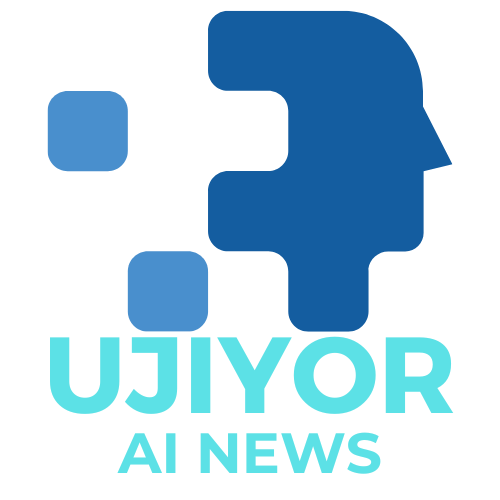Picture this: it’s 1942, and penicillin has just saved its first life. It’s a miracle drug, and humanity breathes a collective sigh of relief. Fast forward to today, and that miracle feels like it’s running out of magic. Antibiotic resistance has crept up on us, quietly turning once-curable infections into deadly threats again.
But here’s the plot twist—artificial intelligence (AI) has joined the fight. Not to send you personalized ads, not to finish your sentences in emails, but to do something extraordinary: discover a brand-new antibiotic.
And yes, this could change everything.
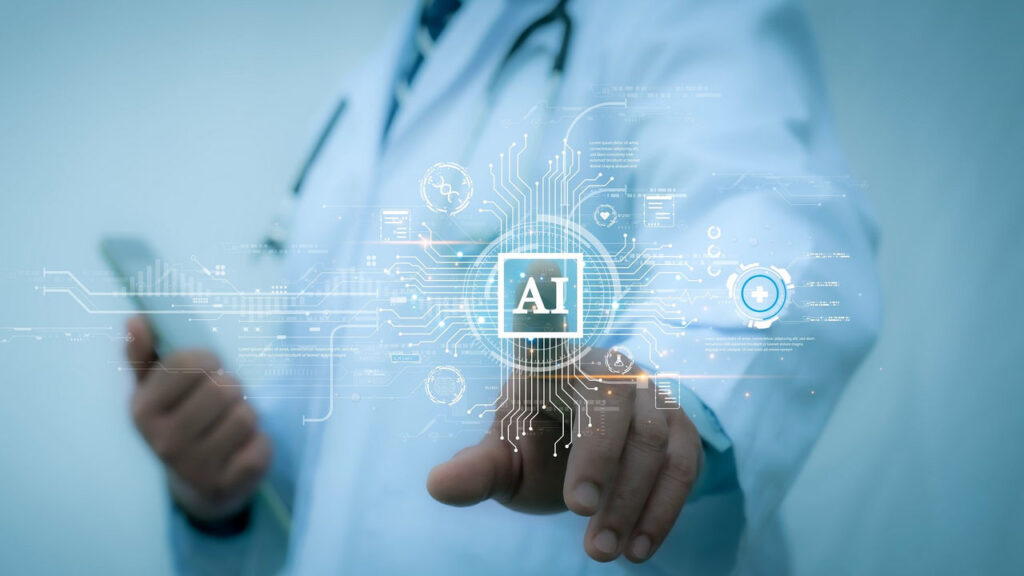
🚨 The Growing Problem: When Antibiotics Stop Working
We’ve been living in an antibiotic bubble for decades, popping pills for ear infections, strep throat, even acne. But bacteria? They’ve been busy. They’ve evolved, adapted, and basically figured out how to dodge the very drugs designed to kill them.
Some quick, sobering facts:
- In 2019, antibiotic-resistant infections were directly responsible for 1.27 million deaths globally and linked to nearly 5 million more.
- In the U.S., antibiotic-resistant bacteria cause 2.8 million infections annually, with over 35,000 deaths.
- The WHO predicts that by 2050, antibiotic-resistant infections could kill 10 million people every year—more than cancer.
The scariest part? We’ve been hitting the same bacteria with the same types of antibiotics for decades. And it’s not working anymore.
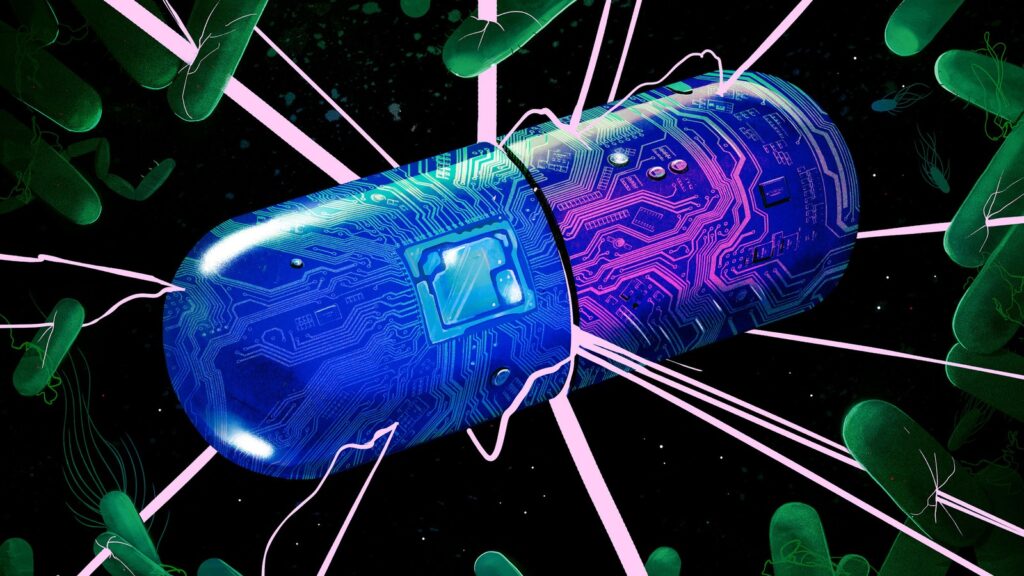
🤖 Enter AI: The Most Unexpected Lab Partner
Now, you might be wondering—how does AI fit into this picture?
While scientists have been frantically looking for new antibiotics, AI has been quietly training on a different kind of problem: how to sift through mountains of chemical data faster than any human ever could.
At MIT, researchers decided to give AI a shot at solving one of medicine’s toughest puzzles. They fed it data from thousands of known drugs and molecules, asking it to predict which compounds might kill bacteria in new, unexpected ways.
The result? Halicin.
(Yes, named after HAL from 2001: A Space Odyssey. Let’s just hope it’s less murder-y.)
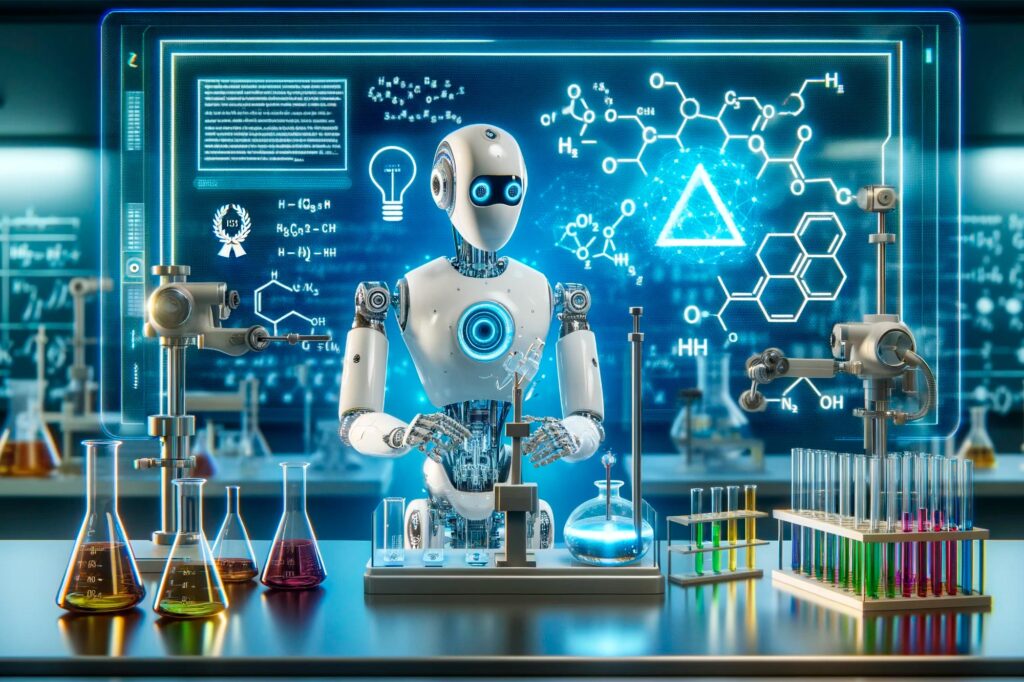
💊 Meet Halicin: The Antibiotic That Might Save Us
Halicin isn’t just any antibiotic. It’s like the surprise contestant in a cooking show who walks in last minute and steals the whole competition.
What makes it special?
- It kills superbugs—the kind of bacteria that laugh in the face of traditional antibiotics.
- It works against nasty infections like:
- Clostridioides difficile (causes severe diarrhea)
- Mycobacterium tuberculosis (the culprit behind TB)
- Acinetobacter baumannii (a hospital superbug that’s basically bulletproof)
But here’s the kicker: halicin doesn’t kill bacteria the way other antibiotics do.
Most antibiotics attack the bacteria’s cell wall or mess with its ability to make proteins. Halicin? It messes with the bacteria’s energy system, basically flipping the “off” switch on their life support.
And because this method is so different, bacteria don’t know how to fight back—at least, not yet.
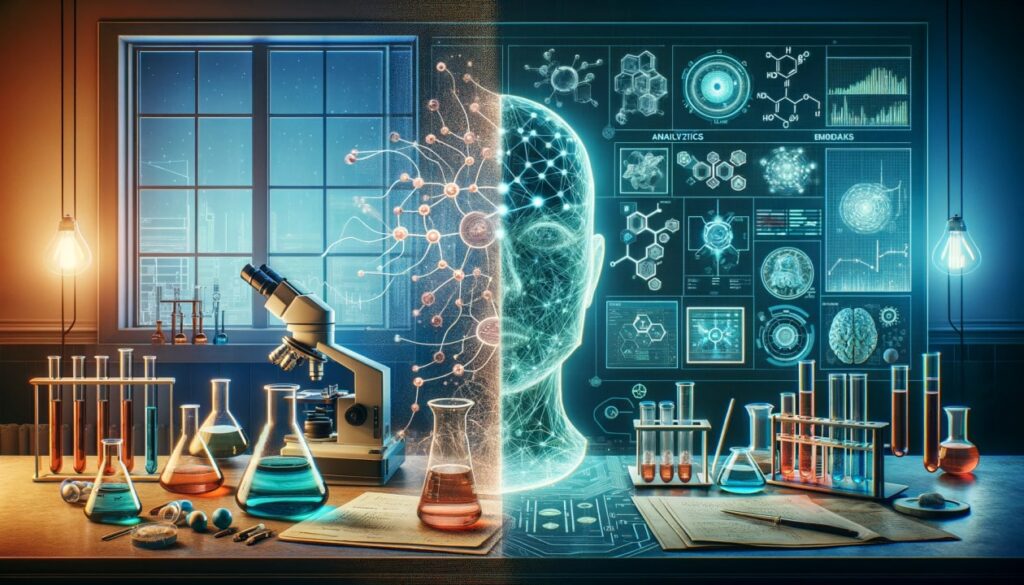
📊 Breaking It Down: Why This Is a Big Deal
Let’s put AI’s accomplishment into perspective.
| Aspect | Traditional Antibiotic Discovery | AI-Driven Discovery (Halicin) |
|---|---|---|
| Discovery Time | 4-6 years | Less than 48 hours |
| Compounds Analyzed | Thousands | Over 100 million |
| Development Cost | $1 billion+ | Estimated 60-70% cost reduction |
| Resistance Risk | High | Low (due to novel mechanism) |
AI discovered a life-saving antibiotic faster than most of us can finish a binge-watch on Netflix.
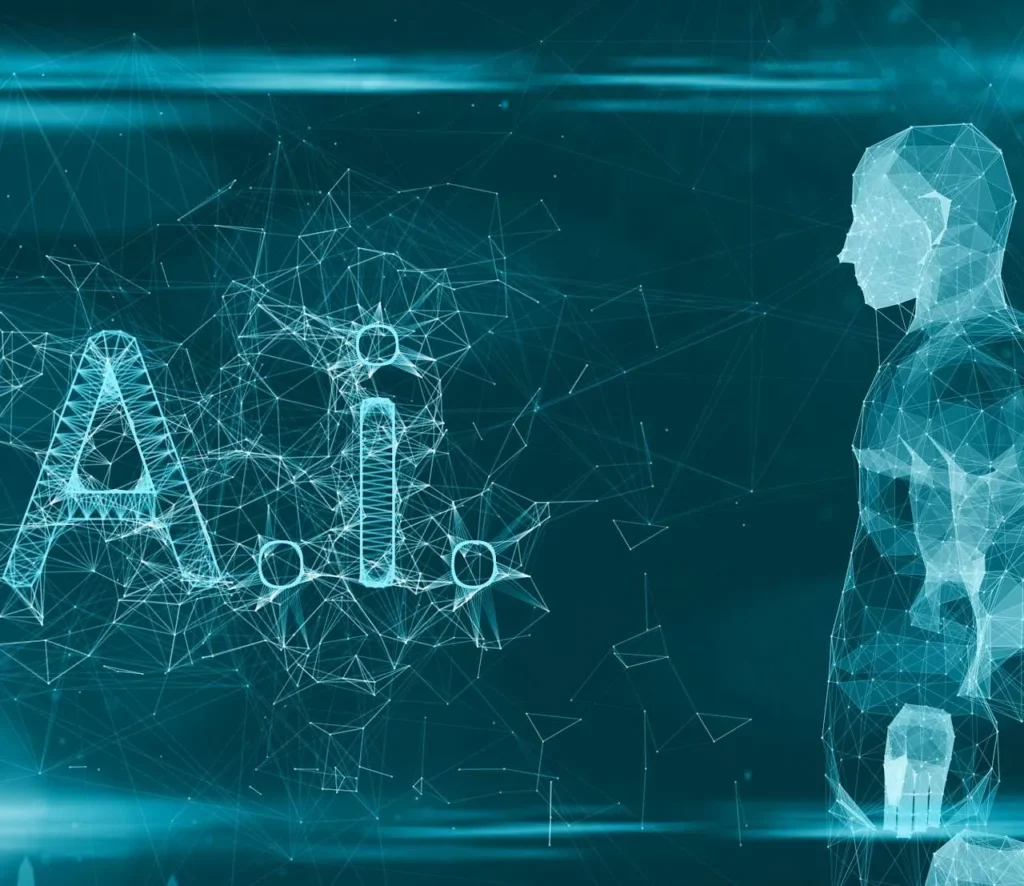
🌍 What This Means for the Future of Medicine
Halicin is just the tip of the iceberg. Since its discovery, AI has helped identify other potential antibiotics, like abaucin, which shows promise against MRSA—a hospital superbug that’s been causing headaches (and heartbreak) for years.
But the impact goes beyond antibiotics:
- Faster drug discovery for everything from cancer to rare genetic diseases
- Personalized medicine, where treatments are tailored to your specific DNA
- Rapid responses to pandemics, with AI helping identify treatments before an outbreak spirals out of control
AI isn’t here to replace scientists. It’s here to supercharge them.

⚠️ But Let’s Not Get Ahead of Ourselves
Before we declare victory over superbugs, there are a few things to keep in mind.
- Clinical Trials Take Time:
Discovering halicin is huge, but now it has to go through years of testing to make sure it’s safe and effective for humans. - Bacteria Are Relentless:
Even if halicin works today, bacteria will eventually evolve ways to resist it. That’s just biology. The fight never really ends. - AI Isn’t Magic:
AI is only as good as the data it’s trained on. If the data is biased or incomplete, the results can be flawed. It’s a powerful tool, not a crystal ball.

🔮 Looking Ahead: A New Chapter in Medicine
Here’s why this discovery feels different:
We almost missed halicin.
It was hidden in plain sight, buried in chemical libraries no one thought to look at. AI found it—not because it’s “smarter” than humans, but because it can process information in ways we can’t.
This isn’t just about one antibiotic. It’s about a new way of doing science—one where AI doesn’t just help with the heavy lifting, but actually leads the charge.
Imagine a future where:
- New antibiotics are discovered in days, not years
- Personalized treatments are designed with algorithms tailored to your body
- Outbreaks are stopped before they even start
It’s not a fantasy. We’re already on that path.

💡 Final Thoughts: Hope, Rediscovered
In a world where antibiotic resistance felt like an unstoppable force, AI has given us a fighting chance. It’s not a silver bullet. There’s still work to be done. But for the first time in a long time, there’s real hope.
And maybe that’s the biggest discovery of all.

